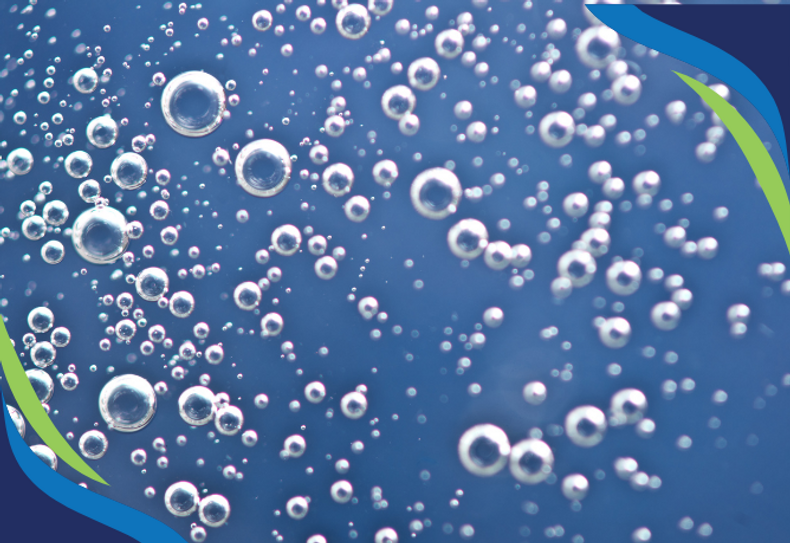Ozone's Lifespan
As soon as ozone is formed in a generator and dispersed in a room, some of it reverts back into oxygen (O2). This step occurs by several processes including the following:
Oxidation reacts with an organic material such as odors or smoke. Reactions with bacteria etc., which again consumes ozone by oxidation reactions.
Additionally ozone breaks down thermally. Higher temperatures destroy ozone quicker than lower temperatures. The ozone that remains is referred to as Residual ozone. "Residual" ozone created will return to oxygen usually within 30 minutes, in amounts equal to half its level; this is referred to as its half-life. What this means is that after each subsequent 30 minute period there would be half as much residual ozone left at the end of the period as was present at the beginning of the period. This is similar to a geometric progression of 16; 8; 4; 2; 1. In practice, the half life is usually less than 30 minutes due to temperature, dust and other contaminants in the air.
Therefore, ozone, while very powerful, doesn't last long. It does its job and then disappears back into safe oxygen.

